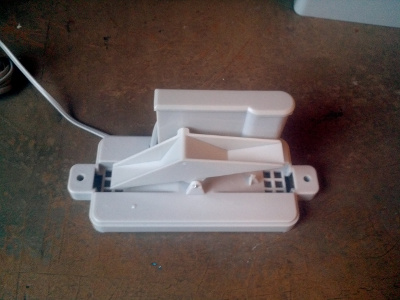This is the model:

This is how I have set it up, not sure what I should select in the Counter Type and Mode Type?

The result is that the Count stays at 0 and the Total just increases for each tipping but ignores the formula?

Moderators: grovkillen, Stuntteam, TD-er




Code: Select all
%value%/300*.2794 << using the "Count" valueThat makes a bit more sense.
Yes, as written above. In detail it's a DevKitC (or at least it's labelled as a DevKitC).
Sounds great.
Currently the cable is approx. 3m, I have already tried placing the rain gauge somewhere else where the whole length of the cable is needed, but it does not make a difference. At the end it has to be approx. 7m long, as the gauge will be placed on top of the garage and then be approx. 7m away from the control unit.
That's what I've already tried, I've had pullups down to 3k already.
I could give that a try, but have to get some additional resistors next week, currently I have not bigger than 10k here and don't want to go down below 3k for the pullup.TD-er wrote: ↑10 Dec 2020, 13:45 Still there is no current flowing when the switch in the sensor is not closed, so you may also want to place a resistor with a relative high value over the sensor itself (at the sensor location) to draw a small current through the long wires.
For example a pull-up resistor of 2k2 and a resistor of 10x that value over the sensor. (just some value, doesn't matter a lot, as long as the ratio between both values is large enough)
Then any noise picked up must have quite some energy to change the state of the signal as there is already some current flowing.
Users browsing this forum: Bing [Bot] and 2 guests